How to Eat More Fruits and Vegetables on a Budget
Eating a diet rich in fruits and vegetables is essential for maintaining good health. The misconception that healthy eating is expensive often prevents people from incorporating these nutritious foods into their meals. Here is how to eat more fruits and vegetables on a budget:
Are fruits and vegetables expensive?
While some fresh produce can be pricey, there are ways to find affordable options, especially if you buy in-season and locally-grown produce. Canned, frozen, and dried fruits and vegetables can also be more budget-friendly options.
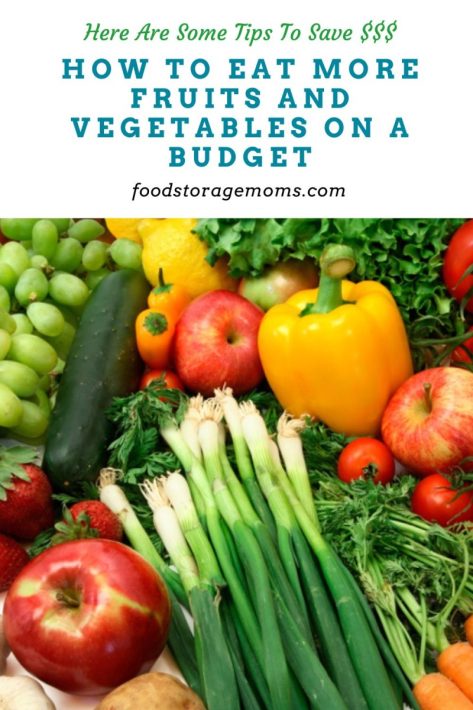
1. Plan Your Meals
One of the key strategies for eating more fruits and vegetables on a budget is meal planning. Plan your meals in advance and make a shopping list based on the ingredients you need. that you don’t overspend or waste food. Include a variety of fruits and vegetables in your meal plan and consider versatile options that can be used in multiple dishes throughout the week. Simple Freezer Meals For Two People
2. Seasonal Shopping
Shopping for seasonal produce is not only cost-effective but also ensures that you get the freshest fruits and vegetables available. Seasonal produce tends to be abundant, leading to lower prices. Visit local farmers’ markets or research which fruits and vegetables are in season to make the most of your budget while enjoying the best quality produce.10 Pantry Items You Don’t Need
3. Buy Frozen and Canned Produce
Frozen and canned fruits and vegetables are excellent alternatives to fresh ones, especially when they are not in season or are more expensive. These options are often more affordable and can be just as nutritious. Be sure to choose products without added sugars or excessive sodium. Frozen fruits are great for smoothies, while canned vegetables can be added to soups, stews, and stir-fries.
4. Seek Out Sales and Discounts
Keep an eye out for sales, discounts, and coupons on fruits and vegetables at your local grocery store. Many stores offer weekly specials or loyalty programs that can help you save money. Buying in bulk when there are deals on non-perishable items like potatoes, onions, or canned goods can also be a budget-friendly option. How to Start Prepping with No Money
5. Embrace DIY
Instead of buying pre-cut fruits and vegetables, consider doing the chopping and preparing yourself. Pre-cut produce often comes with a higher price tag due to the added convenience. Take a few extra minutes to cut and prepare your fruits and vegetables, you can save money while enjoying the same nutritional benefits. Don’t Bother Prepping These Items
6. Repurpose Leftovers
Don’t let leftover fruits and vegetables go to waste. Look for creative ways to incorporate them into future meals. Leftover cooked vegetables can be added to omelets or salads, while overripe fruits can be used in smoothies, baked goods, or as toppings for yogurt or cereal. The Pantry Needs These Simple Items
7. Grow Your Own
If you have space available, consider starting a small garden to grow your own fruits and vegetables. This can be a cost-effective and rewarding way to enjoy fresh produce. Even if you only have limited space, you can grow herbs, salad greens, or tomatoes in containers or small raised beds.
Are there any resources or programs that can help with buying fruits and vegetables on a budget?
There are various resources available to assist individuals and families in accessing affordable fruits and vegetables. Programs like the Supplemental Nutrition Assistance Program (SNAP) provide support for low-income individuals to purchase nutritious foods, including fruits and vegetables. Applying for Food Stamps Online: A Simple Guide
Are there specific fruits and vegetables that are more cost-effective?
Some fruits and vegetables tend to be cheaper than others. Examples include bananas, apples, oranges, carrots, cabbage, and frozen peas and beans. These options can provide you with essential nutrients while being easier on your wallet.
How can I incorporate more fruits and vegetables into my meals without breaking the bank?
Meal planning and prepping can help you make the most of your budget. Plan your meals around fruits and vegetables and buy only what you need to minimize waste. Buying in bulk, especially for items like potatoes, onions, and apples, can also help you save money.
More Fruits and Vegetables Tips
- Easy Vegetables Anyone Can Grow
- Vegetables: Why Do We Need to Eat Them?
- Summer Fruits You Should Be Eating
Cheapest Fruits and Vegetables to Eat
- Watermelon
- Carrots
- Bananas
- Cabbage
- Potatoes
- Oranges
- Cantelope
- Grapes
- Corn
- Pineapple
Final Word
Eating more fruits and vegetables doesn’t have to be expensive. By implementing these strategies, you can add a variety of nutritious foods to your diet while staying within your budget. I hope these tips are able to help you learn how to eat more fruits and vegetables on a diet. May God Bless this World, Linda
Copyright Images: Fruit and Vegetables Depositphotos_4602415_S by ajafoto

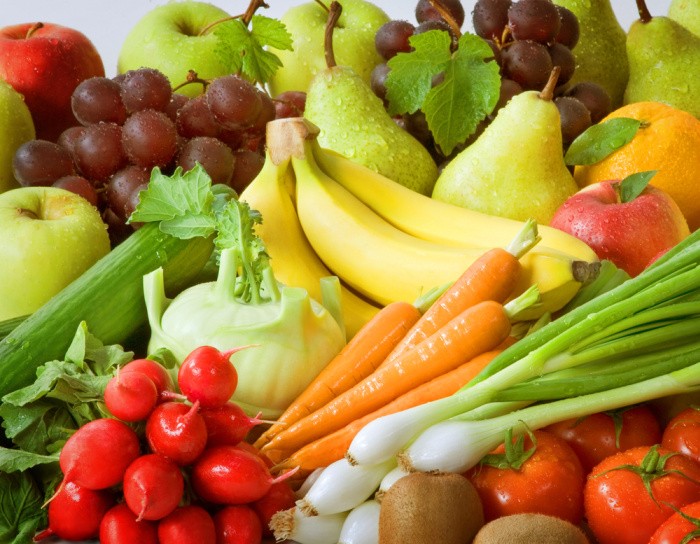

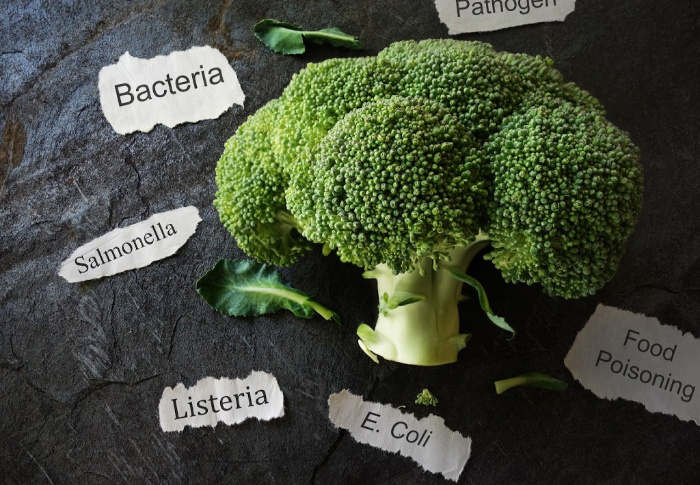

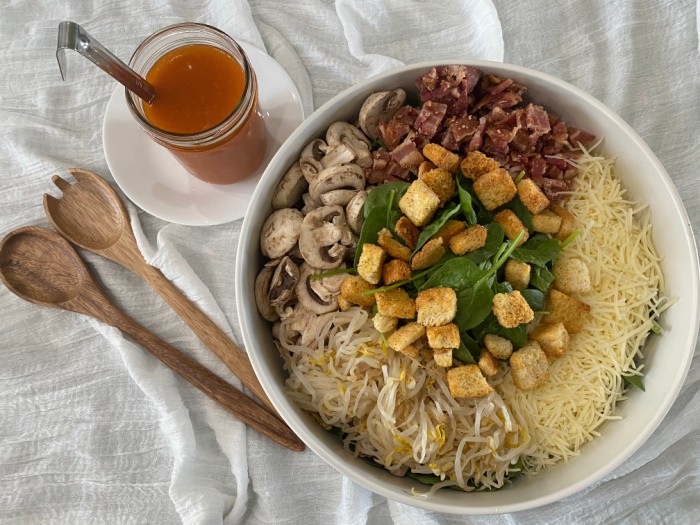
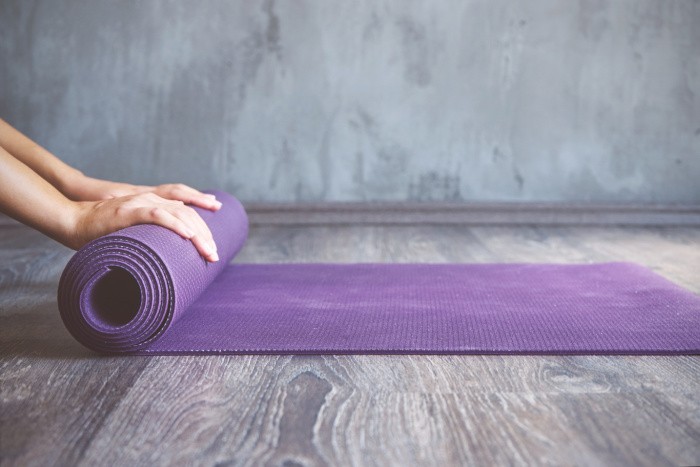




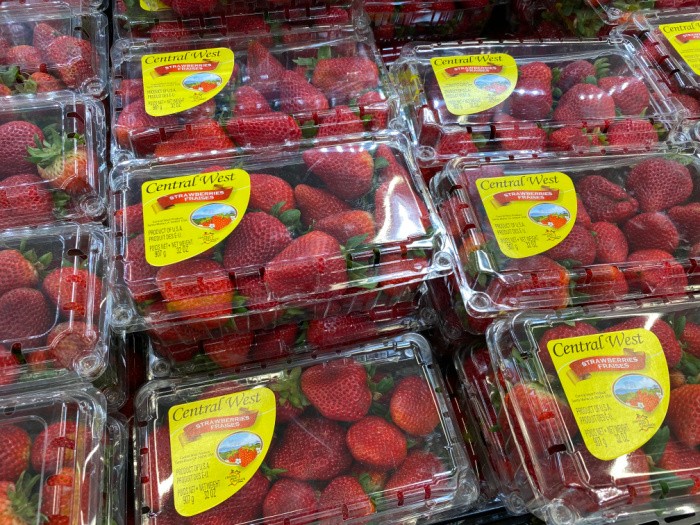
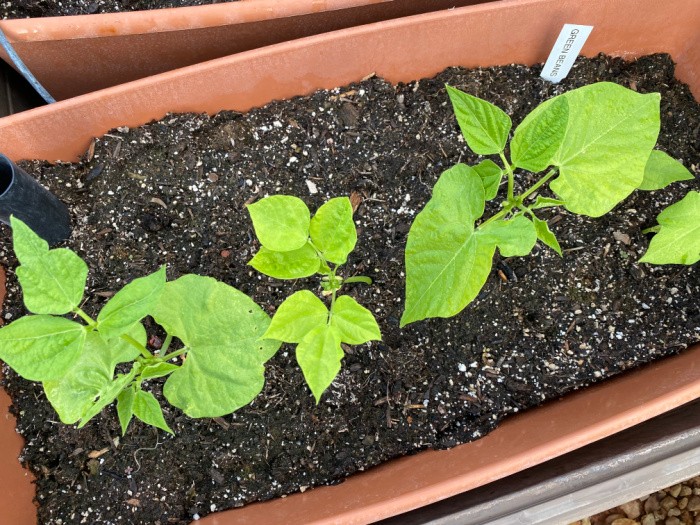
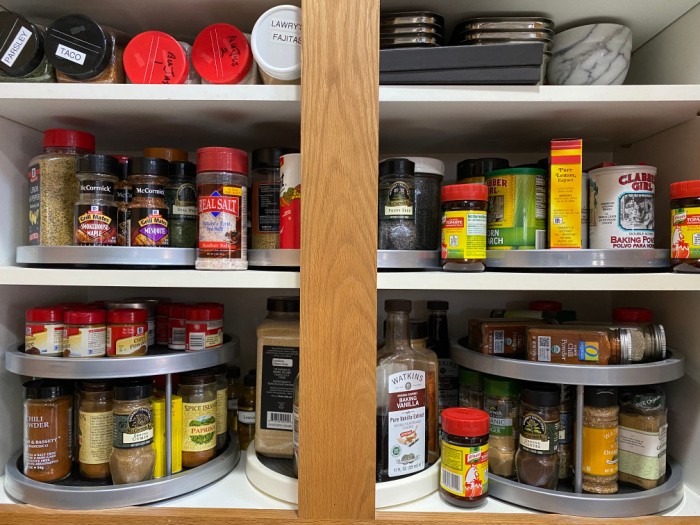
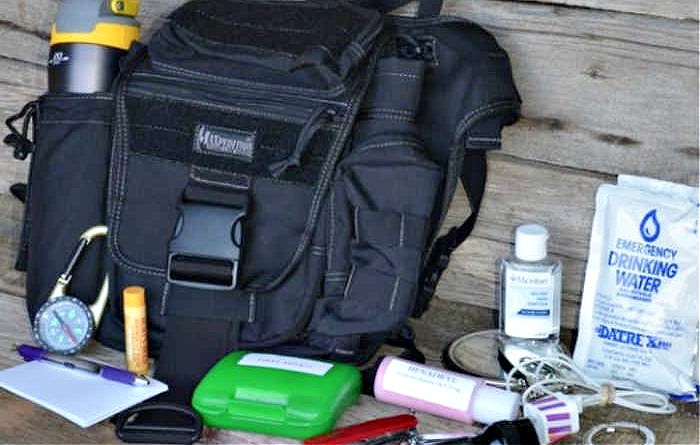
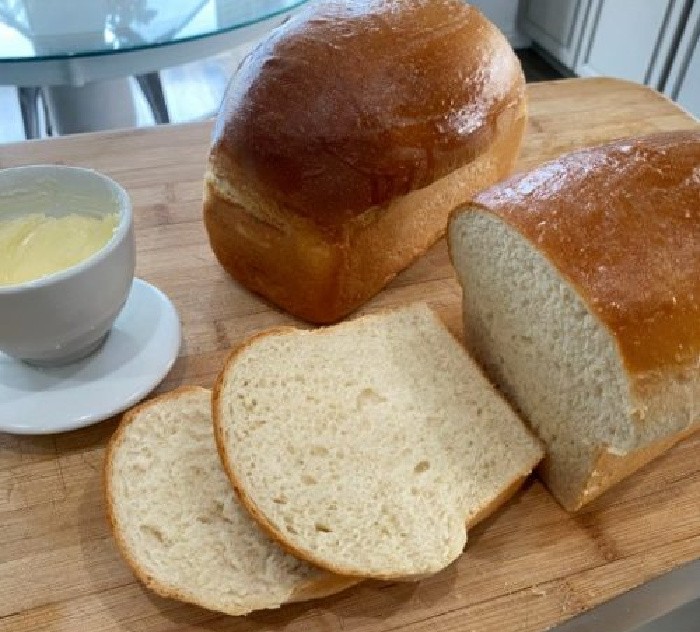
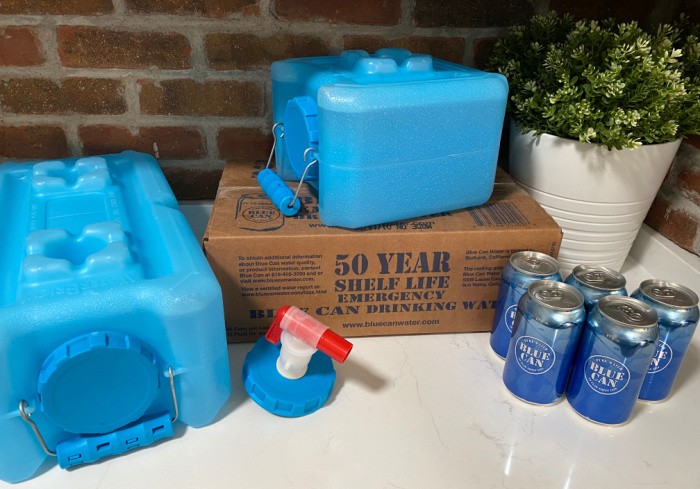
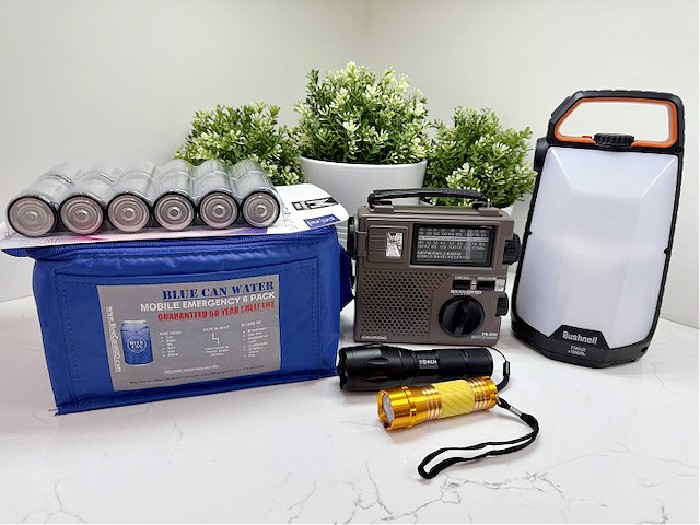
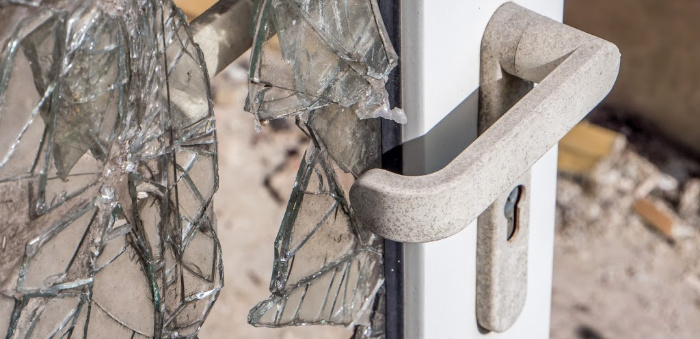

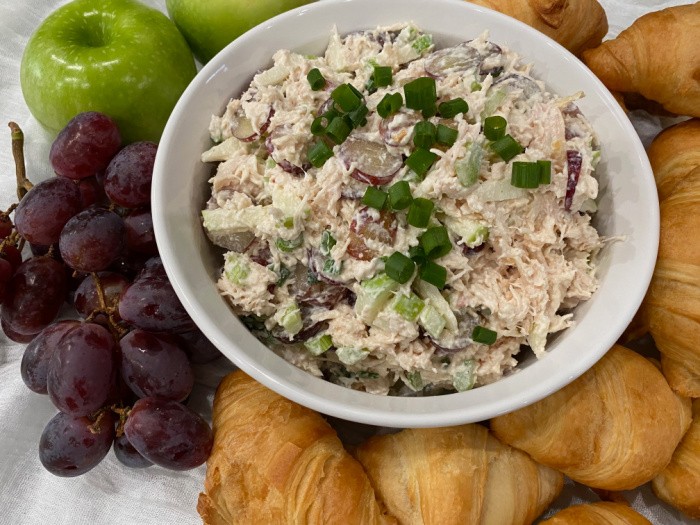

Visit a local farm or an orchard. They have food much cheaper and better quality.
Hi Janet, you are so right. I went to our South Jordan Utah Farmers Market but the prices were crazy high. I need to a real Farmers Market. I was shocked to see people selling bottled, yes home canned bottled fruits and vegetables. I would think that would be illegal but that’s just me, I wouldn’t eat those. I don’t know how they were canned. Scary! Linda
I like the stands right in front of the farms (we have those in Ohio, some places don’t). I went to the apple orchard today, and am set on apples for a while. We grew so many potatoes this year, that I don’t have to buy those.
HI Janet, oh nice, I love hearing that. Potatoes and apples are the best! Linda
Grow your own is definitely the best way to save money while increasing your nutritional intake, and I include chickens and rabbits as well as fruits and veggies. My own garden is still producing tomatoes, banana peppers, beans, chard, carrots, bok choi, potatoes, watermelon and cantaloupe. Broccoli is on the way as well as lettuce, cabbage, more beans and peas. I’m giving turnips, spinach, beets as pass until Spring of 2024. And this year, for the first time in a decade, I didn’t grow any squash. That’s also on next year’s calendar.
HI Ray, oh my gosh, I would love to drive down and walk through your garden, it sounds amazing! I love what you are growing you inspire all of us. Linda
You are welcome anytime. I just picked my last cantaloupe so I’ll be pulling that plant and planting a winter crop. Also, I have one last cucumber growing and will soon pick it–then those containers too will be replanted in winter crops.
My garden isn’t large. Basically it’s 5 raised beds each of which is a minimum of 12″ deep, 4 feet wide and 16 feet long. Each is watered with a soaker hose manifold that gives me 5-6 water lines running the length of the beds. Each bed has PVC hoops that, depending on the season support bird netting, shade cloth or plastic. I have a couple of very small 4′ x 4′ in ground beds and one 4’x4′ raised bed, plus about a dozen large containers (fed by drip irrigation). I just realized that sounds like quite a bit, but I’m from Kansas, where our garden was about two acres.
HI Ray, oh I need to do some bigger raised beds! I like the 16 foot idea! I can’t imagine 2 acres, I would love it! The largest size I have ever has is 1/2 acre. I want to do hoops if I can even have a garden, I’m still waiting for the tiny house that is just framed. I’m losing patience. Enough said. I will send pictures when they do the next step. LOL! Your garden sounds so wonderful! Linda
Linda,
If I was starting my raised beds from scratch I’d build them out of cinderblock. They’d be a minimum of 40″ high, and 48″ would be better (less stoop labor). They would be 4′ wide and however long my lot would allow. Walls that high would probably need a footer so when I poured the footer I’d embed 1/2″ hardware cloth in it as a rodent/mole barrier. Once the walls were up I’d put in a layer of sand deep enough to cover the hardware cloth (improves drainage so the hardware cloth won’t rust out). Then I’d put in a layer of various sized tree branches (everything from logs to twigs packed fairly tight–Hugelkultur). On top of that would go my planting soil and compost–at least 24″ thick. I’d build a soaker hose manifold watering system–exactly like the one I have. I would install PVC hoops for birdnetting, shade cloth or plastic. After planting I put up the birdnetting to keep the quail from eating the seedlings. Once my plants were up and thriving I’d mulch them with small bark chips, preferably undyed. And that’s it. The Hugelkultur style practically converted your raised beds to permaculture beds since you shouldn’t have to fertilize or even add compost for years–though I still would.
Hi Ray, oh thank you for sharing this great information. I remember you mentioning the rodent/mole barrier with small wire or something, which makes total sense to keep them from burrowing up into the garden. This information will help so many people, thank you, my friend. Linda
Linda,
Or, alternately, you could just buy metal raised beds from Birdie’s in the appropriate size and assemble them yourself while adding the 1/2″ hardware cloth bottom.
Hi Ray, I will look into those, I have to see how much sunshine I will have because we did a second story. The second story will be for family activities. But it will block a lot of sun I need. They are now telling us it will be January or February before it’s finished. It’s sure being dragged out. Urghh! Linda